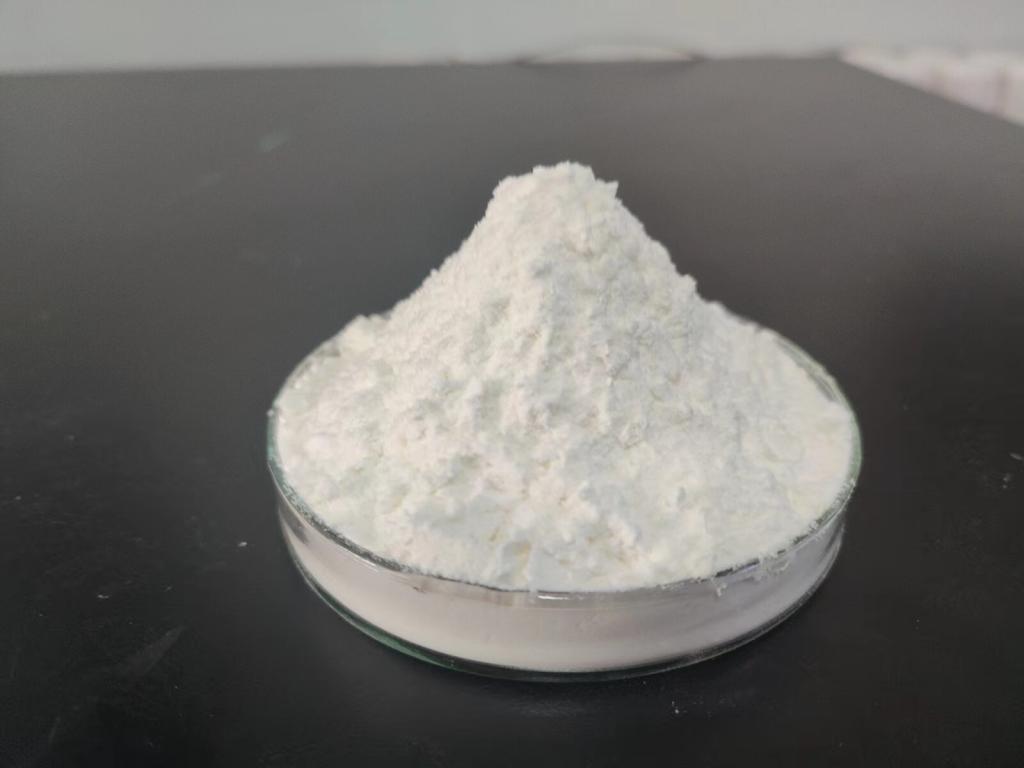Tel:0086 18231198596

News
Current Position:
Home >
News
>ε-Polylysine hydrochloride's impact on the sensory attributes of food products.
ε-Polylysine hydrochloride's impact on the sensory attributes of food products.
TIME:2024-05-11
1. Sensory Effects of ε-Polylysine Hydrochloride:
Taste: ε-PL may impart a slight bitterness or metallic taste to food products, particularly at higher concentrations, which can affect consumer preference and acceptability.
Odor: While ε-PL is odorless, it may interact with other food components or microbial metabolites, leading to changes in aroma perception.
Texture: ε-PL can affect the texture of certain food products, such as baked goods or dairy products, by influencing water binding, gelation, or crystallization processes.
Color: In some cases, ε-PL may cause discoloration or browning reactions in food products, impacting their visual appeal and perceived freshness.
2. Factors Influencing Sensory Perception:
Concentration of ε-PL: Higher concentrations of ε-PL are more likely to impart noticeable sensory changes in food products, emphasizing the importance of dose optimization.
Food matrix: The composition, pH, water activity, and processing conditions of food matrices can influence the interaction between ε-PL and other components, affecting sensory attributes.
Sensory testing methods: Sensory evaluation techniques, including descriptive analysis, hedonic testing, and consumer preference studies, provide valuable insights into the sensory effects of ε-PL in specific food applications.
3. Strategies for Minimizing Sensory Changes:
Dose optimization: Fine-tuning the concentration of ε-PL to achieve the desired antimicrobial effect while minimizing sensory changes is essential for maintaining sensory quality.
Formulation adjustments: Modifying formulation parameters such as pH, salt content, and the addition of flavor masking agents or antioxidants can mitigate sensory changes induced by ε-PL.
Encapsulation: Encapsulating ε-PL within food-grade materials can protect it from interactions with food components, reducing its impact on sensory attributes.
Process optimization: Optimizing processing parameters, such as temperature, pressure, and mixing time, can minimize sensory changes induced by ε-PL during food processing.
4. Consumer Acceptance and Market Considerations:
Consumer perception: Consumer acceptance of ε-PL-treated food products depends on their sensory preferences, awareness of ε-PL as a natural preservative, and perceived benefits in terms of food safety and shelf-life extension.
Labeling and transparency: Clear labeling and communication of the use of ε-PL in food products are essential for informing consumers and building trust in its safety and efficacy.
5. Future Research Directions:
Sensory analysis: Further sensory studies are needed to assess the impact of ε-PL on a wide range of food products and consumer preferences across different demographic groups.
Novel formulations: Development of novel ε-PL formulations, such as microencapsulation or controlled release systems, may offer improved sensory properties and application versatility.
Market research: Market research studies can provide insights into consumer perceptions, preferences, and willingness to pay for food products preserved with ε-PL.
Conclusion:
ε-Polylysine hydrochloride is a promising natural antimicrobial agent for food preservation, but its impact on sensory attributes must be carefully considered to ensure consumer acceptance and market success. By understanding the factors influencing sensory perception, optimizing formulation and processing parameters, and addressing consumer preferences and market considerations, ε-PL can be effectively utilized to enhance microbial safety while maintaining the sensory quality of food products.

 CONTACT
CONTACT




